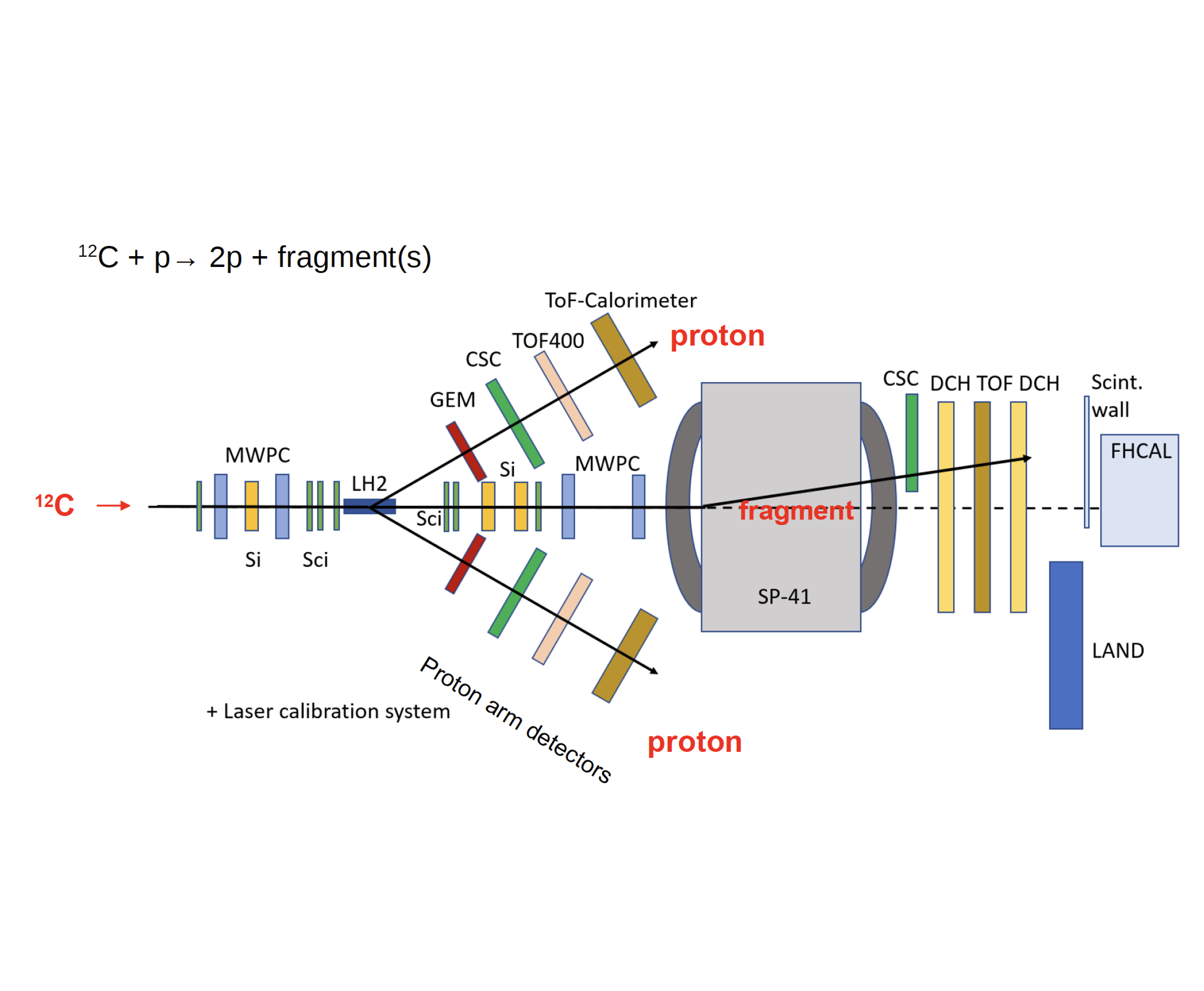Study of Short-Range Correlations in Atomic Nuclei at JINR
DOI:
https://doi.org/10.63907/ansa.v1i1.31Keywords:
nuclear structure, nucleons, short-range correlations, BM@N experiment, polarized deuteronAbstract
The properties of atomic nuclei are determined by interactions between nucleons at low resolution and quarks and gluons at high resolution. Short-range two-nucleon correlations (SRC) bridge these approaches, representing a specific type of short-range fluctuations, when two nucleons are separated by distances comparable to their radii and have momenta higher than Fermi level. The results from electron scattering experiments have shown that the SRC effect is important for the behavior of multiparticle systems, nucleon-nucleon interaction, and the structure of nucleons. Modern SRC studies with ion beams and liquid hydrogen targets allow for the analysis of the properties of nuclear fragments after quasi-elastic knockout of nucleons or SRC from the beam ions thus ensuring new observables and ways to investigate the fine structure of nuclei. The first SRC experiment at BM@N in JINR (2018) demonstrated that the detection of the 11B nucleus in the final state is a sign of scattering on a "transparent" carbon nucleus, and 25 observed events confirmed the SRC properties known from electron experiments. Currently, the analysis of the second SRC experiment at BM@N (2022) with an improved setup is ongoing, and the new SRC measurement with polarized deuteron beam in a new experimental area is being planned and prepared. This article discusses the historical insight in the problem of nuclear structure and the development of the SRC model, as well as the status and prospects of the SRC physics program at JINR (Dubna, Russia) within the current international SRC effort.

Downloads
Published
Issue
Section
License
Copyright (c) 2025 Republican State Enterprise on the Right of Economic Management Institute of Nuclear Physics of the Ministry of Energy of the Republic of Kazakhstan, 1 Ibragimov Street, Almaty, 050032, Kazakhstan

This work is licensed under a Creative Commons Attribution 4.0 International License.





